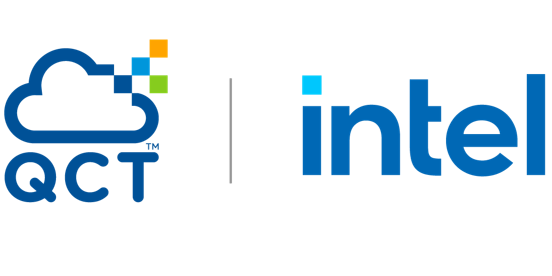February 15, 2022 — With their new partnership, Overland-Tandberg and PoINT Software & Systems say they offer a solution designed to be cost-efficient and scalable solution for storing object data on tape. The tape-based object storage PoINT Archival Gateway stores object data on Overland-Tandberg NEO Tape Libraries for growing data volumes.
In the object storage sector, data volumes in the high PB range are commonly generated. This data must be stored and protected reliably: Especially with regard to AI and machine learning, it becomes clear that a loss of data would be equivalent to a loss of valuable time and experience. Companies need to protect their data from the threats of cyberattacks, but also from technical failures. Another factor is the increasing growth of data, with storage hardware costs coming into focus. Cheaper alternatives to disk-based systems are needed.
The combination of the tape-based object storage PoINT Archival Gateway with NEO Tape Libraries from Overland-Tandberg provides a high[1]performance and highly scalable storage solution. PoINT Archival Gateway seamlessly integrates the tape libraries as S3 storage class into an existing storage infrastructure. This allows users to benefit from all advantages of tape technology also in the object storage area and to secure their valuable data reliably and cost-efficiently.
“PoINT Archival Gateway enables the use of our NEO Tape Libraries as object storage,” says Andreas Arndt, VP Sales EMEA and APAC at Overland-Tandberg. “This allows organizations to leverage our proven NEO Tape Libraries for a variety of other use cases. Whether it’s as target storage for Big Data applications, for backing up important cloud data, or for long-term archiving of object data.”
Sebastian Klee, CMO at PoINT, adds: “By collaborating with Overland-Tandberg, we can offer our customers maximum flexibility. Our joint solution is scalable from 216 TB to 40 PB, meeting the current and future requirements that companies face in the storage sector.”



